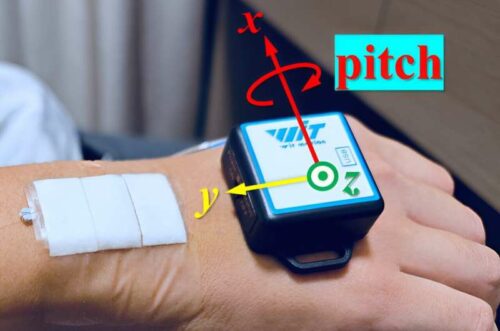The wearable sensors transform hand and finger movements into communication, offering possibilities for rehabilitation and easier interaction for those with disabilities.

Imagine a thin, flexible sticker that allows your hand or finger movements to communicate without speaking or touching a screen. Researchers have developed a new wearable sensor that makes this possible, opening new opportunities for rehabilitation and easier communication for those with disabilities.
The new sensor merges soft, flexible polydimethylsiloxane (PDMS) with an optical component called a fibre Bragg grating (FBG). A team of researchers from Beijing Normal University, Sun Yat-sen University, and Guilin University of Electronic Technology, all in China, have designed for comfort during long-term wear and can detect movements with high accuracy.
A personalised approach
The researchers have created patches made from PDMS, a type of silicone elastomer that is very flexible and skin-friendly, allowing people to wear them for long periods without irritation or discomfort. To give the patch its movement-sensing capability, they embedded the PDMS with FBGs, a type of reflector etched into a short optical fibre segment to reflect specific wavelengths while transmitting all the others.
The sensor detects slight changes in light propagation through the fibre optic during movement, allowing the system to identify specific movements by analysing alterations in light behaviour. It can be applied to various body parts for many applications. The researchers also developed a precise calibration method, making the sensors adaptable to each user and suitable for multiple applications.
Transforming movement into communication
The researchers demonstrated their wearable FBG sensors through gesture recognition and communication assistance tests. They calibrated the sensors for individuals and attached them to body parts like wrists and fingers to detect movements. The sensors translated gestures into commands or messages, showing potential as assistive technology for those with speech or mobility impairments.
The team is now refining the technology for practical use and clinical trials, focusing on miniaturising the system, enhancing wireless communication with devices, and improving durability to withstand daily wear and tear. This will allow users to interact with the technology and enable real-time monitoring by caregivers or medical professionals.
Reference: Kun Xiao et al, PDMS-embedded wearable FBG sensors for gesture recognition and communication assistance, Biomedical Optics Express (2024). DOI: 10.1364/BOE.517104







